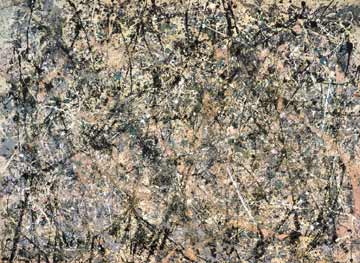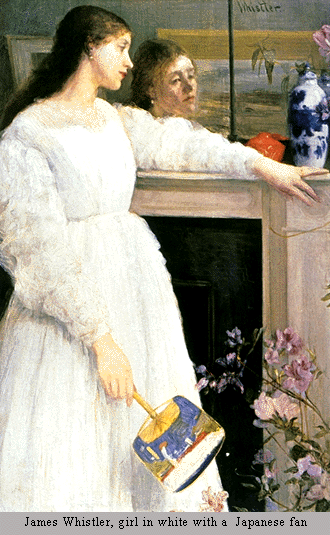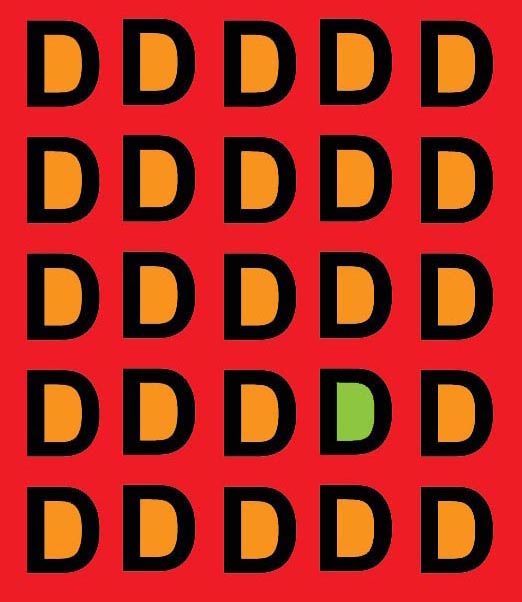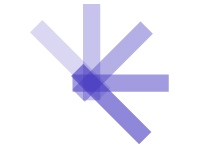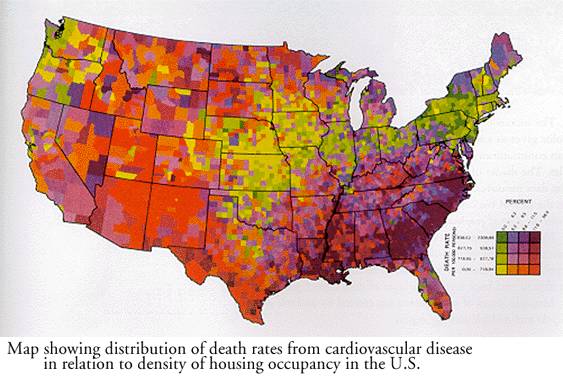The world is changing. We have
moved from the industrial age to the age of technology. In today’s world, technological
advancements are measure in leaps and bounds. Take the military for example,
smart weapons, remote aircrafts, body armors are just a tiny fraction of perks the
military services are enjoying.
When people hear the word ‘military’,
they think of war; when people hear the word ‘war’, first thing that pops into
their mind is the notion of death and killing. On a side note, in most
cultures, killing people is deemed to be an unethical behavior. However, there
are of course exceptions to this with the historical human sacrificial offerings
by the Mayans.
As a matter of fact, war is always
going to exist. It is an inevitable and unfortunate fact of society – past,
present, and future. Nevertheless, war should always be the last resort after
all other means of diplomacy have failed.
During World War II, it took 108
B-17s dropping 648 bombs to destroy a target; more than 540 airmen’s lives were
at stake just because of a single target. In the Vietnam War, a similar target
required 176 bombs. These bombs were nonetheless inaccurate. Whether the bomb
will hit the target depends on wind speed, weather, and velocity. Today, it
only takes one plane and one pilot to destroy a similar target by using air missiles
that can be fired from 100 miles away.
Collateral damage can be defined as
damages of assets and personnel not considered as lawful military targets.
Hence, bombing civilians, medical facilities, or other non-military targets it
targets people who have no part in military conflict. In World War II, entire European
cities were destroyed, causing more than 35 million non-combatants’ lives due
to the slight attention given to collateral damage. Moreover, the two dropping
of the atomic bombs on Hiroshima and Nagasaki yielded enormous collateral
damage. These events are served as prime examples of how lack of advanced
technology that limits collateral damage, can have devastating effects.
In brief, developing military
technology is somewhat beneficial because more accurate weapons can lead to
less collateral damage, hence decreasing the loss of innocent human lives.
Sketch
Step by step process
Step 1
Sketch and draw on a piece of A4 size paper. Scan it into the computer and open up drawing in photoshop. Resize picture to 423.5mm X 594.02mm and resolution of 300 pixels.
Step 2
Start off with the background. Using the gradient tool, colours: Pastel cyan & Orange, opacity at 50%, linear burn.
Step 3
Colour the skin of the guy's face on the left using the multiply mode.
Step 4
Colour the hair, glasses, head lights using the multiply mode.
Step 5
Colour the hat. Use magnetic lasso tool, filter à render à clouds (foreground: black; background: white)
Image
à adjustments à levels, drag the left and the right
corners to the centre so that they meet halfway
Select
à color range à select the black colour and
click 'OK', then paint it with darker green. Repeat the selection process, but
this time select the white colour, then paint it with dark green.
Step 6
Colour the shirt using the same technique as Step 5
Step 7
Colour the bag straps and the country flag using the multiply mode.
Step 8
Colour the rifle. using linear burn, 85% gray, then 95% gray for the outline and details.
Step 9
Colour the helmet and the armour of the guy on the right using the multiply mode.
Step 10
The face and neck of the guy on the right were coloured using the multiply mode.
Step 11
The hair of the right guy was coloured using color mode.
Step 12
Tattoo was coloured using linear burn mode.
Step 13
Spear was coloured using the multiply mode.
Step 14
Hour glass was coloured. Several layer effects (Bevel & Emboss, Stroke, Inner Shadow, Inner Glow, Satin, and Drop Shadow) were used to create a glassy effect. The sand in the hour glass were coloured using the 'Dry brush tip light flow' brush.
Step 15
Gradient was changed to a mix a violet and pink with satin and gradient overlay effects.
Final Artwork
Final designed is displayed, together with signature and date.
Artist Statement
The basic idea of this art is to show time transition in terms of military across centuries. Ancient warrior and modern soldier. This depicts a huge change in military - from spears used by ancient warriors to rifles used by modern soldiers, heavy metal plated armours to light and durable body vests. Furthermore, their armours are also different. The modern body combat armours are built to camouflage the user and the user's weapon. The basic idea of camouflage comes from natural adaptations which allows animals to blend in with the environment. The hour glass represents the time transition across centuries, it also shows that the world is always changing, and that we need to constantly improve ourselves, keep ourselves updated with the latest technology as time will not turn back for us.
References
http://www.heritage.org/research/reports/2006/04/the-viability-of-directed-energy-weapons


























